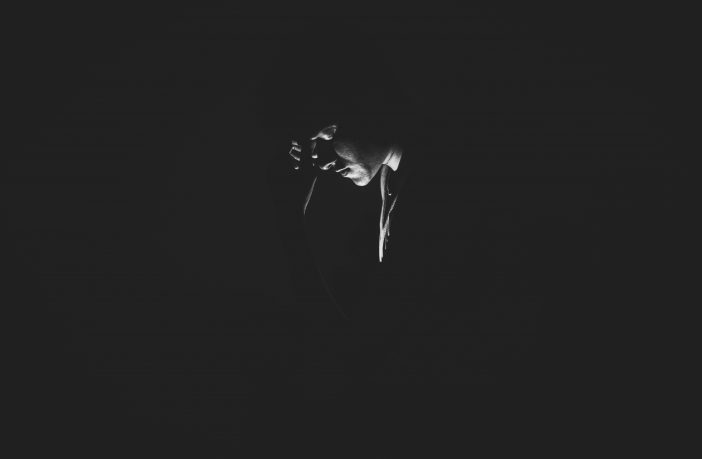- Acting CEO of Zimbabwe’s power utility ZESA, Patrick Chivaura announced yesterday that the country needs US14 million a month to meet its 600MW power deficit.
Zimbabwe has traditionally relied on the central bank for bail outs to pay for imported power. Their current business model does not generate enough income to fund energy imports from South Africa and Hidroeléctrica de Cahora Bassa (HCB) in Mozambique.
In October 2018, the new Zim minister of finance put an end to central bank financing of electricity imports. This triggered payment default to both Eskom and Hidroeléctrica de Cahora Bassa (HCB). Central bank governor John Mangudya said the apex bank had been funding power imports for the past five years through the use of a government overdraft facility.
Chivaura said in the short-term Zimbabwe needed to import power to cover the supply gap. “We can access power, but this is only accessed with cash up-front. I need US$14m to expunge load shedding, but we still have indebtedness to sort out,” said Chivaura. He added that the power utility has a “very substandard tariff. Right now, our tariff is 1.2 US cents per kWh, the cheapest electricity in Africa, and in the world.”
Zimbabwean president Emmerson Mnangagwa met with his South African counterpart President Cyril Ramaphosa in Niamey, Niger over the weekend to “exchanged views” on how to deal with the issues of the power deficit in the southern African country, according to Mnangagwa.
“Of course, our ZESA owes Eskom quite a lot of money and they have been able to pay US$10m last week to reduce that debt. This enables them to have discussions and I think our Minister of Energy will go to South Africa next week (this week) to discuss some new arrangements,” said Mnangagwa.
Last week Zimbabwe’s Energy Minister, Fortune Chasi , took to twitter to confirm a US 10 million proof of payment made to South Africa’s power utility, Eskom. Read more
Eskom has reduced power exports to Zimbabwe from 450MW to just 50MW pending full payment. Apart from the US 10 million received last week, Zimbabwe has not paid Eskom for power imports since October 2018. An additional US 23 million is still outstanding to Eskom. It is unknown how much Zimbabwe owes Hidroeléctrica de Cahora Bassa
The Zimbabwe Electricity Transmission & Distribution Company (ZETDC) implemented a wide scale load shedding programme in May 2019 plunging the country into darkness. The country has been forced to cut power generation at their Kariba Dam power plant due to low water levels. The dam, on the border of Zimbabwe and Zambia, is only 34% full and cannot generate electricity at optimal capacity. The utility is also facing generation constraints at Hwange Power Station
Related news: Zimbabwe’s head of Energy and Power Development, Minister Fortune Chasi also recently fired the entire ZESA Board Friday amid the load shedding crisis the country faces. Read more
More related news: The Minister also recently announced that he is contemplating cancelling over 30 Independent Power Producer contracts because the projects have never materialised. Read more
Author: Bryan Groenendaal











